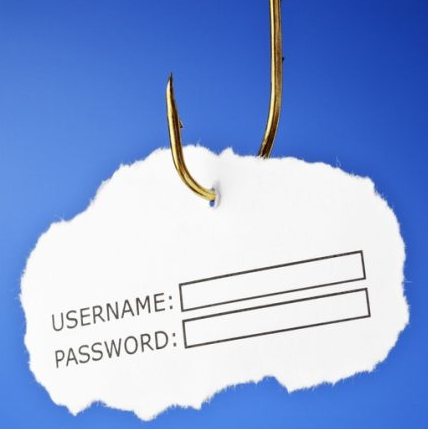To a large portion of the general populace, the idea of autonomous vehicles still draws a lot of skepticism and even flak - considering the incident where Uber’s self-driving car killed a pedestrian a few months back in Tempe, Arizona. A widely talked about accident, it raised concerns on the safety of letting machines run their own course on the roads, with people voicing the need to always have a human behind the wheel to stop such untoward accidents.
Unfortunately, there aren’t enough data points on autonomous driving incidents to conclude on the validity of the claims, especially when the statistics of road accident-related deaths and injuries are taking a turn for the worse every year. The National Highway Traffic Safety Administration (NHTSA) estimated that 37,461 people were killed on the road in 2016, which averages out to 102 people per day. Companies working in the autonomous driving realm believe that technology could help alleviate this.
The sentiment seems to have rubbed off on the Arizona government, which has mostly been welcoming of companies looking to test their autonomous cars. Waymo, an Alphabet-owned self-driving startup has been running fully autonomous tests in Phoenix, Arizona since March, and has successfully stayed away from gaffes over the course of these tests. Last week, the company announced its plans on tying up with Valley Metro, the Phoenix region’s public transportation authority to drive people to bus stops and train and light-rail stations.
Of all the autonomous driving companies out there, Waymo is by far the most sophisticated of the lot, as it has a lot more self-driving miles than its competition and also defines a clear-cut strategy to take the technology to the masses. The curve to autonomy has been arduous, but rewarding - Waymo took more than six years to reach its milestone of driving 1 million miles in 2015, but has racked up 7 million more since then.
Waymo has a four-pronged strategy for approaching the self-driving market - ride-hailing, trucking, personal vehicles, and public transportation - with attention given to each of the verticals. Waymo has inked deals to transform 62,000 hybrid Pacifica minivans and 20,000 electric I-Pace SUVs into self-driving vehicles over the next few years and then add them to its growing fleet. Similarly, it also runs its self-driving fleet of Peterbilt Class 8 semi trucks across Alphabet facilities in Atlanta, albeit with backup drivers in them - a situation which might soon change.
Ground zero at Phoenix, Waymo’s cars would be shuttling Valley Metro’s staff to and from public transportation stops nearby. Waymo believes that the ‘first-and-last mile’ transit facilities would be in sync with the already available public transportation, making the transition seamless for the public.
The unit-economics of self-driving cars are also a revelation. On average, a ride-hailing service costs around $2 per mile which could be reduced to around 70 cents per mile, as self-driving fleets would negate the need to sustain human drivers. Over time, with improvements in route optimization, intelligent fleet management, and reducing human observers in the backend, the costs could reduce further.
However, all this envisioning of self-driving fleets replacing human-driven cars is idealistic at best. Case in point, the reasoning behind autonomous driving companies showing a concerted interest in testing their vehicles on the roads of Arizona. Though it could be interpreted as the state of Arizona’s resolve to bringing in cutting-edge technology to its streets, the environmental and demographic conditions at play in the state cannot be ignored.
Arizona, with its sunny climate, idyllic roads, and a grid-shaped housing topology provides a near utopian-level of cushioning to testing, when considering the fact that self-driving cars need to be trained in radically different and robust environments to attain the goal of full autonomy. Regardless of this, autonomous vehicles would still be a reality in certain locations around the U.S., and if Waymo’s ingenuity sustains over time, we still might end up sighting self-driving cars around us sooner than we thought.






